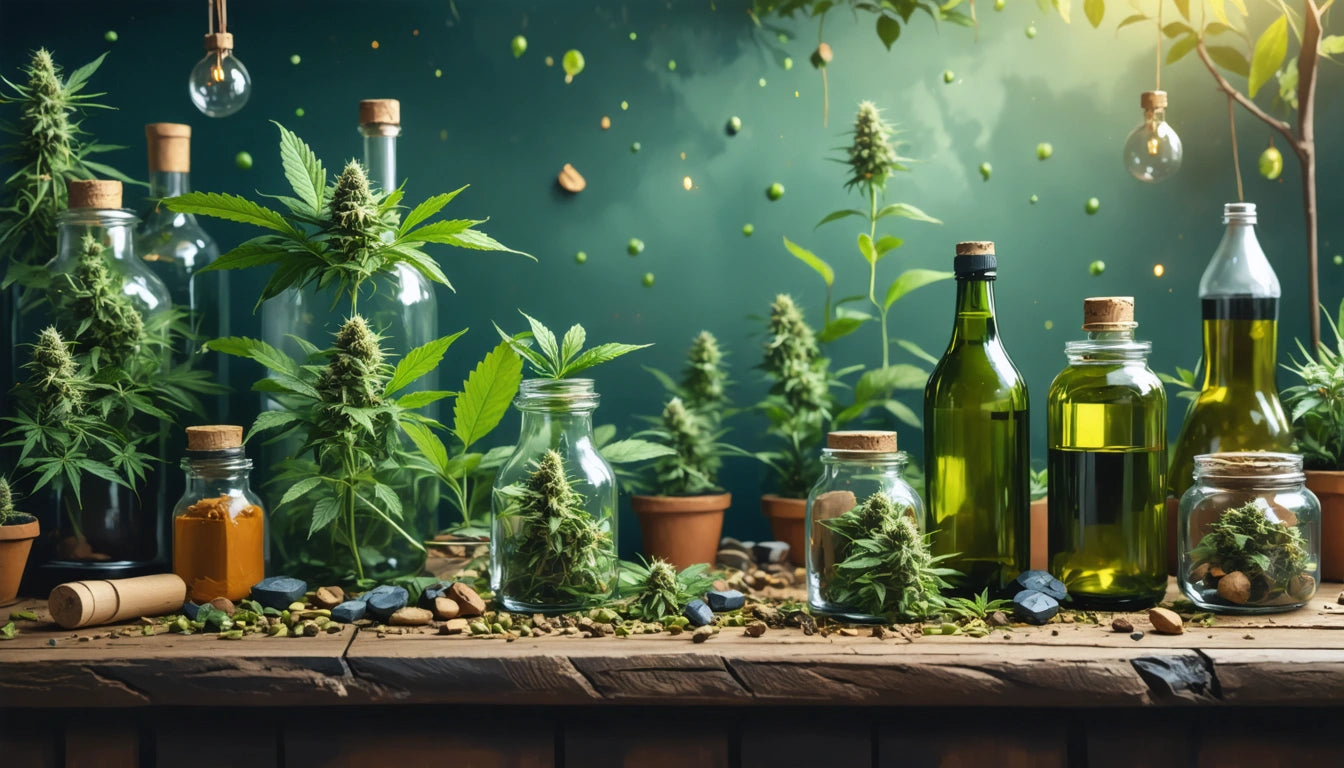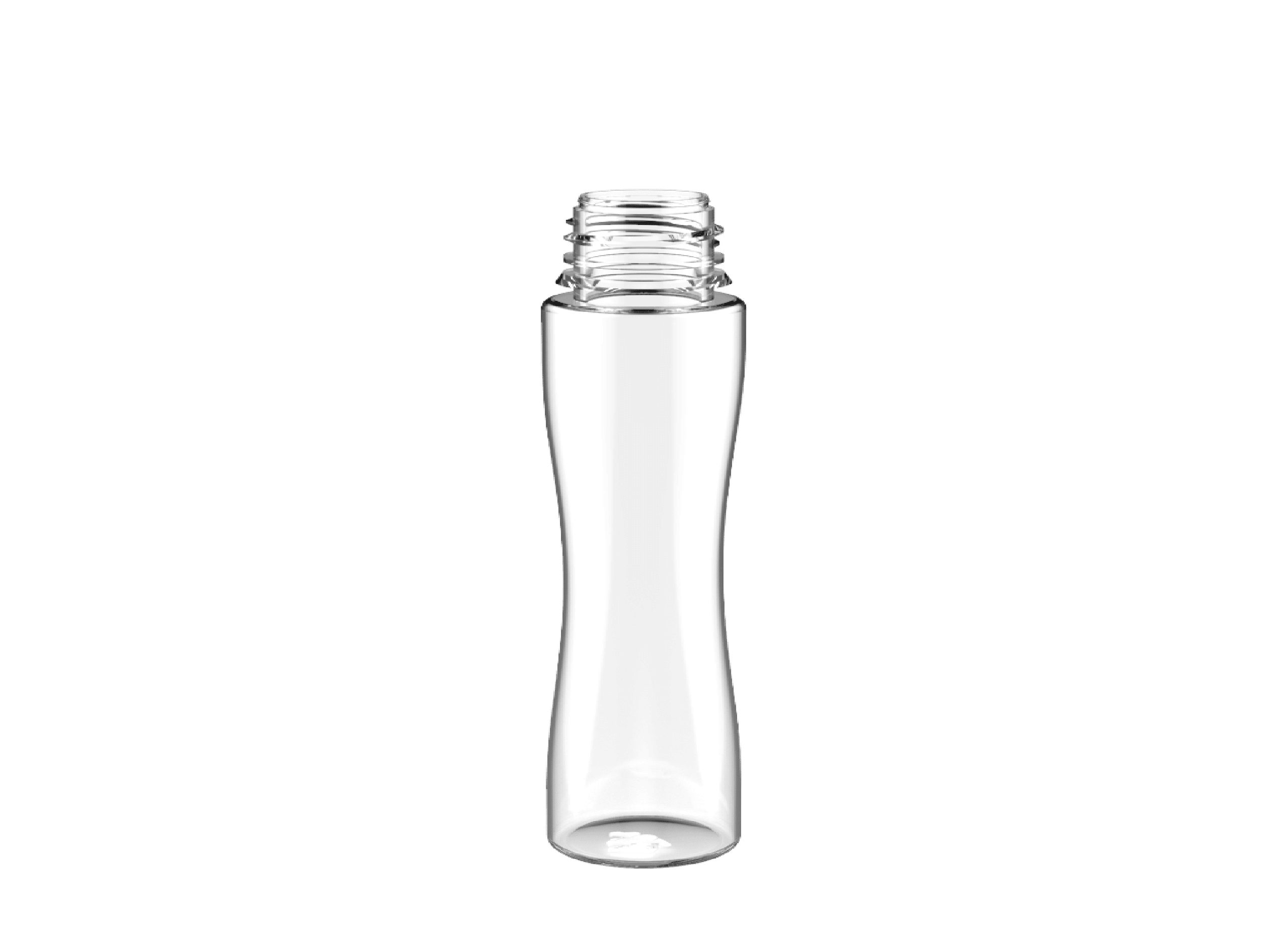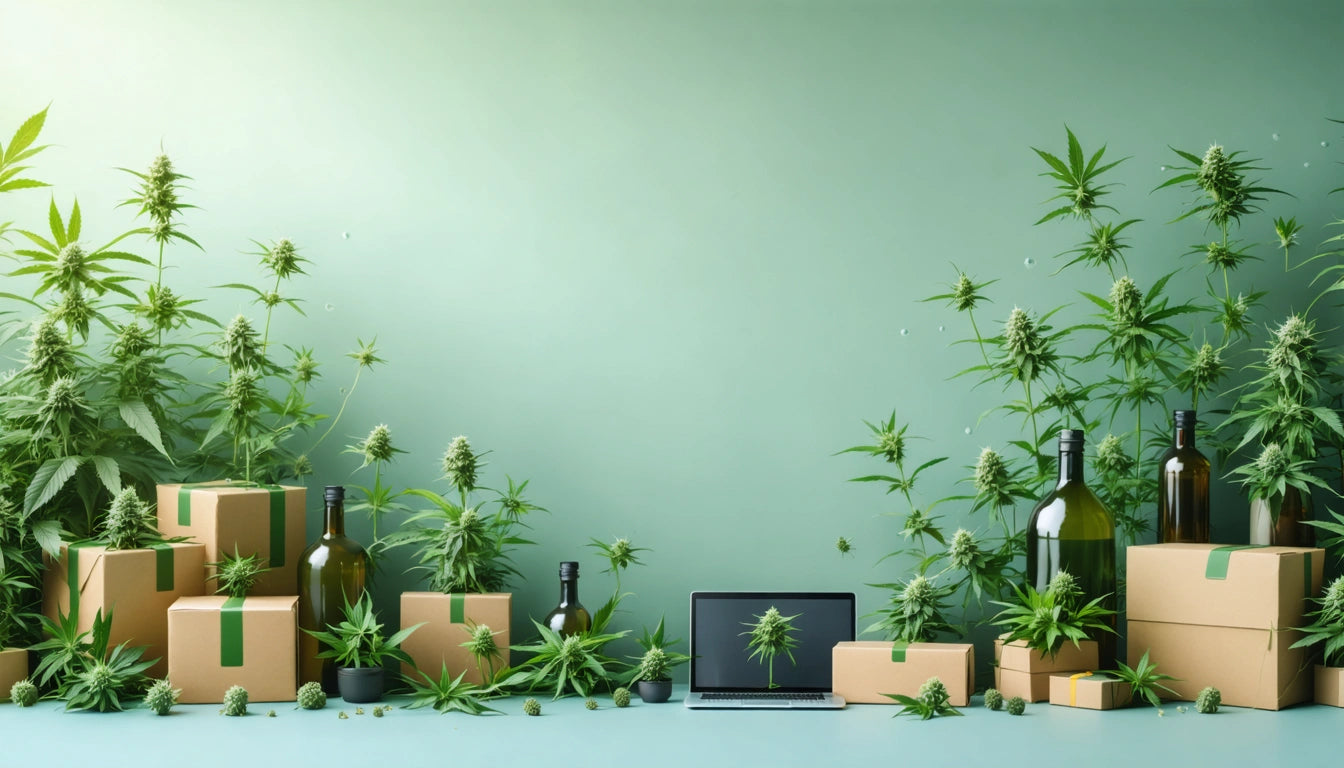Table of Contents
Creating distinctive cannabis packaging requires collaboration between brands and specialized designers who understand both creative design and strict regulatory requirements. The journey from concept to final print involves multiple stages, each critical to developing packaging that protects products, meets compliance standards, and communicates brand values effectively.
Finding the Right Cannabis Packaging Designer
The search for the ideal packaging designer begins with identifying professionals who have cannabis industry experience. Look for designers with portfolios demonstrating successful compliance navigation and innovative solutions for brands similar to yours.
When vetting potential designers, ask about their familiarity with state-specific regulations and child-resistant requirements. Many brands benefit from working with designers who understand specialized closure systems and child-resistant packaging components that maintain both safety standards and user accessibility.
According to industry best practices, the ideal designer should demonstrate:
- Knowledge of cannabis-specific compliance requirements
- Technical understanding of materials and printing processes
- Experience with similar product categories (flower, concentrates, edibles)
- Ability to balance brand aesthetics with functional requirements
Preparing for the Design Process
Before your first meeting with a designer, compile essential information to streamline the creative process. This preparation helps establish clear parameters and expectations from the start.
Brand Guidelines and Assets
Provide comprehensive brand guidelines including logo specifications, color palettes, typography, and visual elements. If your brand is new, communicate your vision, target audience, and positioning to help the designer understand your market niche.
Product Specifications
Detail your product dimensions, weight, storage requirements, and any special considerations like moisture protection or light sensitivity. These specifications directly influence material selection and structural design decisions.
Budget and Timeline
Be transparent about your budget constraints and production timeline. This information helps designers recommend appropriate materials and printing techniques that align with your financial and scheduling requirements.
Concept Development and Creative Collaboration
The concept development phase transforms your brand requirements into tangible design directions. During this stage, designers typically present multiple concepts that explore different approaches to your packaging challenge.
Effective feedback during concept review is crucial. Rather than simply stating preferences, explain why certain elements do or don't align with your brand vision. This helps designers refine their approach in subsequent iterations.
Strategic design considerations during this phase should include:
- Shelf impact and visibility in dispensary environments
- Unboxing experience and consumer interaction
- Structural integrity and product protection
- Sustainability considerations and material selection
Integrating Compliance Requirements
Compliance isn't an afterthought but must be integrated throughout the design process. Work with designers who understand how to balance regulatory requirements with creative expression.
Key compliance considerations include:
- Child-resistant mechanisms appropriate for your product category
- Required warning statements and symbols
- THC content display requirements
- State-specific labeling mandates
- Space allocation for batch information and testing results
Mockups and Prototypes: Testing Before Production
Never proceed to full production without reviewing physical mockups or prototypes. These tangible representations reveal issues that digital renderings can't capture, including:
- Structural integrity and functionality
- Color accuracy and material appearance
- Print quality and finish details
- Consumer interaction and usability
Investing in proper prototyping helps prevent costly mistakes and production delays. Budget for multiple prototype iterations if necessary, particularly for complex packaging structures or innovative formats.
Navigating the Print Production Process
Understanding print production fundamentals helps you collaborate effectively with designers during the final stages of development.
Material Selection Considerations
Material choices impact not just aesthetics but also functionality, sustainability, and cost. Work with designers who can explain the implications of different material options and help you make informed decisions.
Print Specifications and Special Finishes
Determine which printing techniques and special finishes align with your brand positioning and budget. Options like foil stamping, embossing, and spot UV coatings can elevate packaging but impact production timelines and costs.
Production Timeline Management
Create a realistic production timeline that accounts for:
- Multiple design revision rounds
- Prototype development and review
- Print production setup and proofing
- Manufacturing and shipping logistics
- Contingency time for unexpected challenges
Minimum order quantities (MOQs) significantly impact unit costs and should be factored into your planning. As outlined in this resource on MOQs, balancing order volume with storage capacity and cash flow is essential for optimizing packaging investments.
Strategies for Long-Term Packaging Success
The most successful cannabis brands view packaging design as an ongoing relationship rather than a one-time project. Consider these approaches for maximizing your packaging investment:
- Develop a system of packaging components that can evolve with your product line
- Create templates that allow for seasonal or limited-edition variations
- Build relationships with designers who understand your brand's evolution
- Regularly review packaging performance and consumer feedback
- Stay informed about emerging materials and sustainability innovations
By approaching packaging design as a strategic partnership, you'll create distinctive packaging that not only meets today's requirements but can adapt to tomorrow's opportunities and challenges in the rapidly evolving cannabis market.











Leave a comment
All comments are moderated before being published.
This site is protected by hCaptcha and the hCaptcha Privacy Policy and Terms of Service apply.